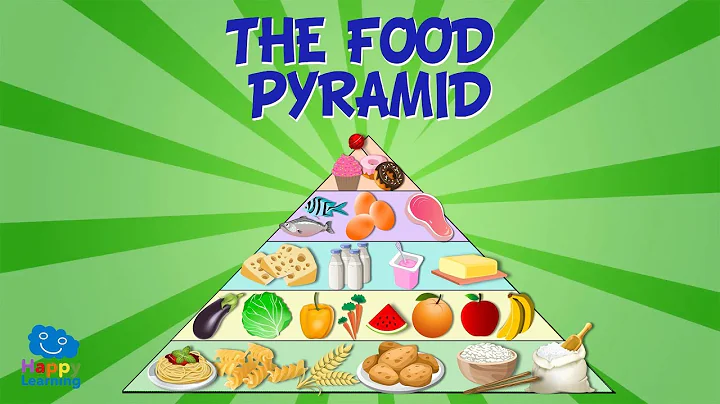It is well known that it is difficult for parents to get their children to eat vegetables and fruits. In a world where junk food is glorified, getting your kids to eat healthy can become quite a hassle. Cakes, sweets, chocolates, pops and cupcakes are part of every child's diet. Add to that pizza, burgers, and fries, and you've got a combination that's sure to cause health complications down the road. If you want your child to stay healthy and function at their best, balanced and nutritious meals are necessary. This includes fruits and vegetables.
But if your kids don't like them, getting them to eat them can be a difficult task. We get it, and today, we're here to offer some tips to help make fruits and vegetables more appealing to your kids. If this encourages them to incorporate it into their diet, then half the battle is won. So without further ado, let’s look at how to include fruits and vegetables in your child’s diet without making them fuss:

Why are fruits and vegetables good for your kids?
We know that fruits and vegetables are excellent sources of nutrients, but do you know why? It may be helpful if you understand the benefits of these basic elements in a food chart so that you can explain them to your children.
Fruits and vegetables are rich in vitamins and minerals. They contain potassium, calcium and iron, which are important for your child's growth and development. They also contain fiber that helps keep your digestive system healthy.
Fruits and vegetables are low in fat (mostly), high in water, and contain large amounts of carbohydrates and antioxidants. Some fruits like avocados are high in fat, but these monounsaturated fats are very beneficial and healthy. Therefore, your child can have them without worrying too much.

How much should my child eat?
Ideally, you should introduce your child to simple fruits and vegetables at about six months of age. Start simple and add variety. The amount should increase when your child is one year old. A two-year-old should typically eat about two and a half servings of vegetables and one serving of fruit each day. By the time they are nine years old, their fruit and vegetable intake should be higher - about five servings of vegetables and two servings of fruit a day. If your child refuses to eat their fruits and vegetables, don't give up. Keep trying and encouraging them to eat different fruits and vegetables. It may be difficult at first, but with some patience and perseverance you will succeed!

Tips for Parents with Picky Kids
Most parents struggle with their children eating fruits and vegetables. If you are one of the lucky few whose children don’t make a fuss about eating their nutritious food, tell us, what does it feel like to be God’s favorite? While it can be frustrating when your child refuses to listen to you, we've listed some tips you can try to get your child to eat fruits and vegetables:
Get your child to eat fruits and vegetables. This will help with cleaning, cutting and storing the fruit in the refrigerator.
Make salad a regular part of your child's diet. When dining out at a restaurant, you can order salads and other meals. It gives children the impression that salad is a regular part of your meal, rather than being viewed as a "diet".
Try vegetarian recipes instead of just eating meat. Add green leafy vegetables or yellow vegetables to supplement vitaminsA. You can use broccoli , spinach, carrots , bell peppers, etc.
Including foods rich in vitamins C - oranges, melons, carrots, tomatoes, strawberries, grapefruit, etc. are excellent choices to add to your daily diet.
Add a fruit or vegetable to every meal or snack.For example, you could add a banana to your breakfast cereal, a small salad to your lunch, and a vegetable dip instead of mayonnaise. You can add sliced veggies and homemade dips for an after-school snack. Add a vegetable or two to your dinner menu, too.
Avoid high-calorie foods such as chips, crackers, candy bars and crackers. Your kids are less likely to ask for these treats if they're out of sight.
Most importantly, practice what you preach. Eat more fruits and vegetables yourself so your children can watch and learn from you.
Including a child-friendly diet rich in fruits and vegetables is not easy. But if you try to keep things interesting and stick with it, things might just start to take shape. Who knows? Soon, your kids may even start enjoying their fruits and vegetables. Sounds like a dream, right? We think so too! If these techniques work for your kids, let us know in the comments below!





















